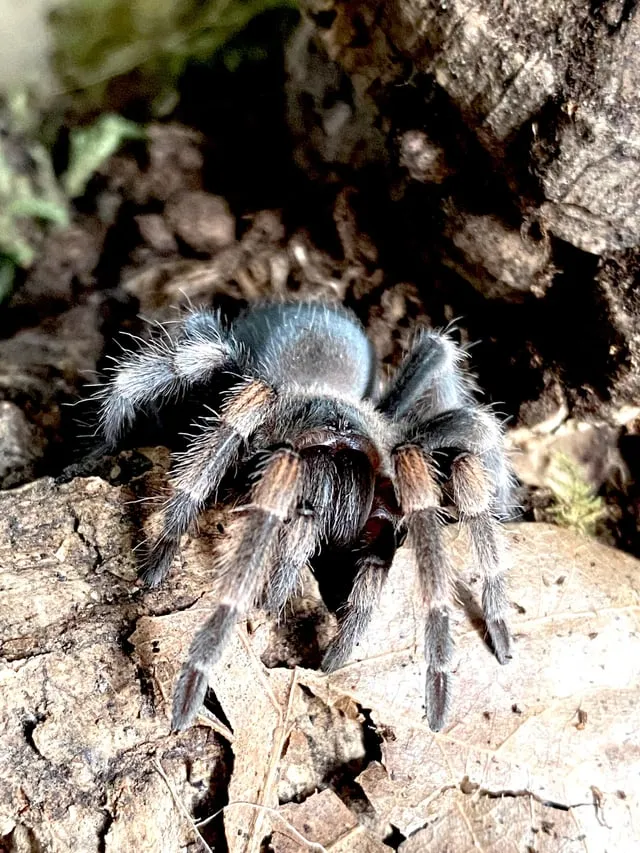Understanding Tarantula Nematodes
Tarantula nematodes are microscopic parasitic worms that can infect tarantulas, causing significant health issues. These infestations can weaken your pet and potentially lead to serious complications if left untreated. Understanding these parasites is the first step in effectively addressing and curing an infestation. This guide will provide detailed information on identification, treatment, and prevention strategies to ensure the health and well-being of your tarantula. It is essential to be proactive and knowledgeable to protect your pet from these unwelcome guests and ensure a long and healthy life. Proper care and immediate action are key to a successful cure.
What are Tarantula Nematodes
Tarantula nematodes are small, often unseen worms belonging to the phylum Nematoda. Several types can affect tarantulas, with some being more harmful than others. They typically live in the tarantula’s body, particularly the digestive system, where they feed and reproduce. The presence of these parasites disrupts the tarantula’s ability to absorb nutrients and can cause inflammation and other health problems. These parasites are often introduced through contaminated substrate, feeder insects, or other environmental sources. Regular monitoring and maintaining a clean environment are crucial for preventing infestations and maintaining a healthy tarantula habitat. Early detection is key to prevent these microscopic invaders from thriving and causing severe issues.
Symptoms of Tarantula Nematodes Infestation
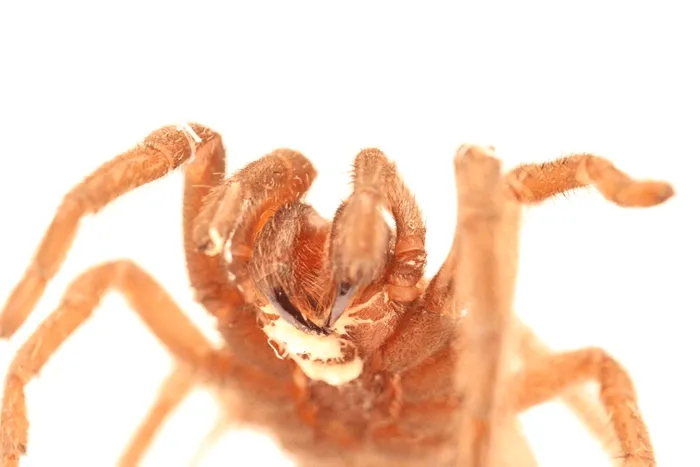
Recognizing the signs of a nematode infestation is crucial for early intervention. Common symptoms include lethargy, loss of appetite, and changes in the tarantula’s behavior. You might also notice swelling in the abdomen, regurgitation of food, or changes in fecal matter. In more severe cases, you may observe a general decline in the tarantula’s overall condition, with the tarantula appearing weak and less active. These symptoms can also be indicative of other health issues, making it essential to consult with a veterinarian or an experienced tarantula keeper for a proper diagnosis. Early detection significantly improves the chances of successful treatment and recovery for your pet.
Identifying Tarantula Nematodes
Identifying nematodes can be challenging due to their microscopic size. However, observing the tarantula’s behavior and physical condition is essential. Look for the symptoms mentioned earlier, such as changes in appetite, activity levels, and fecal matter. If you suspect an infestation, it is vital to collect fecal samples and have them analyzed by a veterinarian or a specialist. They can perform microscopic examinations to detect the presence of nematodes. Additionally, examining the substrate for any unusual activity or signs of the worms can provide additional clues. Identifying nematodes requires careful observation and professional assistance to confirm the diagnosis and initiate appropriate treatment.
Confirming Nematode Infestation
Confirming a nematode infestation typically requires a microscopic examination of fecal samples. A veterinarian or a qualified specialist will analyze the samples to identify the presence of nematode eggs or the worms themselves. Other diagnostic methods might include examining the tarantula’s body fluids or tissues if the infection is severe. It is essential to have a definitive diagnosis before initiating treatment, as some medications can be harmful if not used correctly. Early and accurate diagnosis is vital for effective treatment and preventing further complications. Relying on professional diagnostic methods ensures the health and well-being of your tarantula.
Effective Cure Methods
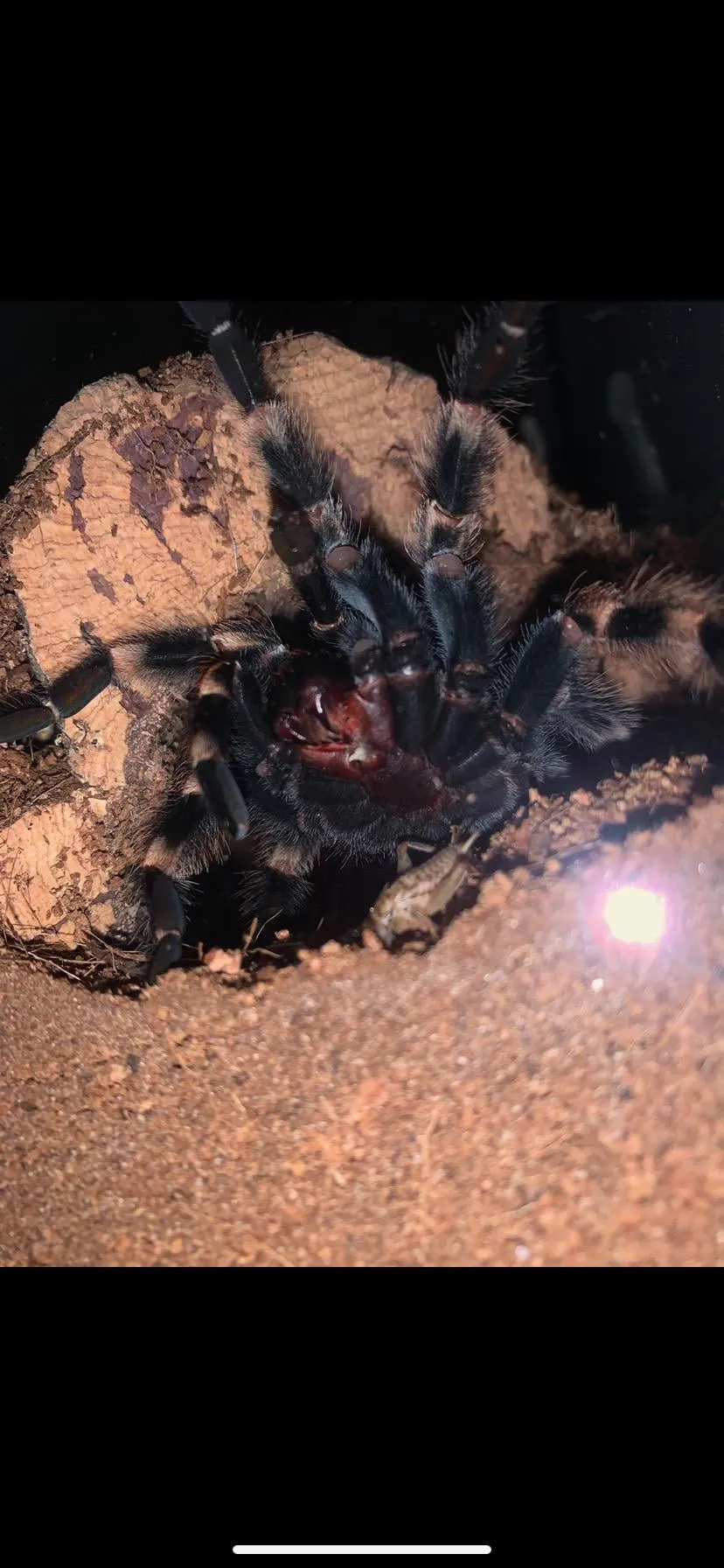
Curing tarantula nematodes requires a multifaceted approach that includes quarantine, environmental control, and, in some cases, medication. The specific treatment plan depends on the severity of the infestation and the overall health of the tarantula. It is crucial to act quickly, as the nematodes can multiply rapidly and cause significant harm. Consulting with a veterinarian experienced in exotic pets is highly recommended to develop an appropriate treatment strategy. Effective cures depend on a combination of prompt action and careful management to eliminate the parasites and restore the tarantula’s health.
Quarantine Procedures
Quarantine is essential to prevent the spread of nematodes to other tarantulas or pets in your collection. If you suspect a tarantula has nematodes, immediately isolate it in a separate enclosure. This enclosure should be fully sanitized and contain fresh substrate and water. Avoid sharing any equipment or tools between the infected tarantula and other enclosures. Regularly monitor the quarantined tarantula for any changes in its condition and follow the treatment plan recommended by your veterinarian. Quarantine procedures are a critical step in containing the infestation and protecting the health of your entire collection.
Environmental Control
Maintaining a clean and controlled environment is vital for nematode eradication. Regularly clean and disinfect the infected tarantula’s enclosure. Replace the substrate completely and dispose of the old substrate safely. Ensure the enclosure has proper ventilation to prevent moisture buildup, which can exacerbate nematode growth. Control the temperature and humidity levels within the recommended range for the tarantula species. Cleaning the enclosure and controlling environmental factors are critical in reducing the nematode population and creating an environment that supports the tarantula’s recovery and overall health. Careful attention to these details enhances the effectiveness of the treatment.
Substrate Management
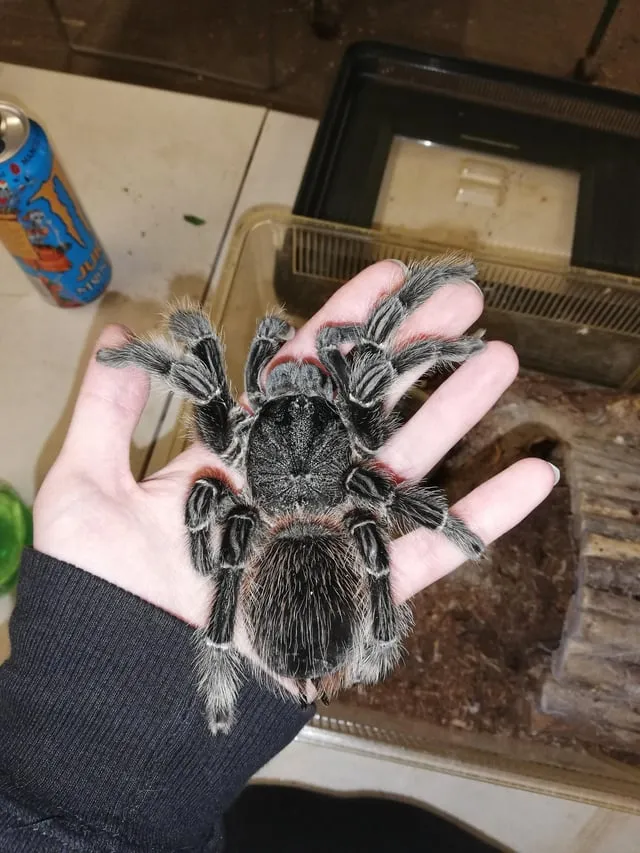
Proper substrate management is essential for nematode control. Choose a substrate that is appropriate for the tarantula species and easy to clean. Regularly replace the substrate, at least every few weeks, or more frequently if the tarantula is showing signs of infection. When replacing the substrate, remove all old substrate and disinfect the enclosure thoroughly. Consider using a substrate that supports good drainage and doesn’t retain excessive moisture, as nematodes thrive in humid environments. Substrate management is a critical component of the overall treatment plan and plays a key role in preventing the recurrence of infestations.
Cleaning and Disinfection
Thorough cleaning and disinfection of the enclosure are necessary to eliminate nematodes. Remove the tarantula and all its furnishings from the enclosure. Clean the enclosure with a reptile-safe disinfectant, following the product instructions carefully. Pay special attention to all corners, crevices, and surfaces where nematodes might be present. Rinse the enclosure thoroughly with clean water and allow it to dry completely before reintroducing the tarantula and its furnishings. Regular cleaning and disinfection are essential for preventing the spread of nematodes and ensuring a healthy environment for your tarantula.
Medication and Treatment Options
Medication may be necessary to treat severe nematode infestations. Consult with a veterinarian specializing in exotic pets to determine the most appropriate medication for your tarantula. Medications may be administered orally, topically, or through injections, depending on the specific treatment plan. It’s crucial to follow the veterinarian’s instructions carefully regarding dosage and administration. Regular monitoring and follow-up veterinary checkups are often required to assess the effectiveness of the treatment and ensure the tarantula’s recovery. Medication plays a critical role in eliminating the nematodes and restoring the tarantula’s health.
Common Treatments

Several treatments are available to combat nematode infestations, but the best option will depend on the specific nematode species and the tarantula’s overall health. Your veterinarian may prescribe anti-parasitic medications such as ivermectin or other appropriate compounds. These medications are usually administered in carefully measured doses. In addition to medication, supportive care, such as maintaining optimal environmental conditions and providing a balanced diet, is crucial for helping the tarantula recover. The veterinarian will choose the most effective and safe treatment options. Always consult with an expert for appropriate treatments.
Administering Treatments
Administering medications to tarantulas requires precision and care. Always follow the veterinarian’s instructions precisely regarding dosage and administration. Medications may need to be mixed with food, applied topically, or delivered via injection. Be gentle and avoid causing unnecessary stress to the tarantula. Monitor the tarantula closely for any adverse reactions to the medication. It is essential to maintain accurate records of treatment and any observed changes in the tarantula’s condition. If you are uncertain about any aspect of the treatment, do not hesitate to consult with your veterinarian or a qualified pet care specialist.
Prevention Strategies for Tarantula Nematodes
Preventing nematode infestations is far easier than treating them. Proactive measures can significantly reduce the risk of your tarantula becoming infected. These strategies focus on maintaining a clean and healthy environment, quarantining new tarantulas, and ensuring that feeder insects are free of parasites. Prevention is always the best approach to safeguard the health of your tarantula and avoid the stress and effort of treatment.
Quarantine of New Tarantulas
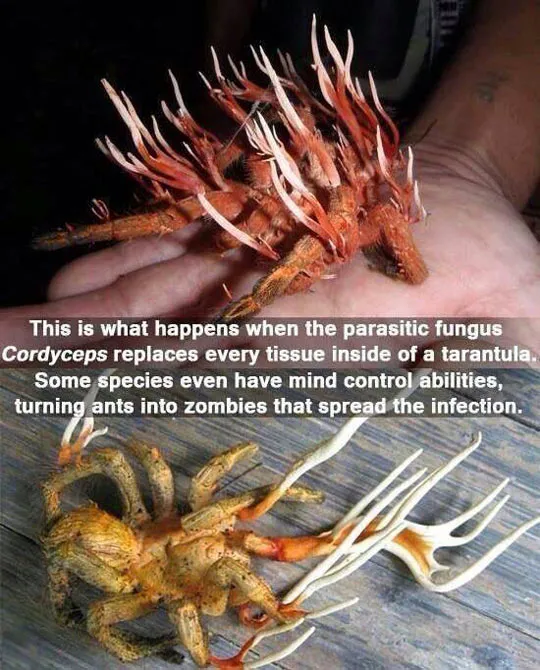
Quarantine all new tarantulas before introducing them to your existing collection. Place the new tarantula in a separate enclosure and observe it for several weeks. During this time, monitor the tarantula for any signs of illness or parasites. It is advisable to have a fecal sample checked for parasites by a veterinarian before integrating the new tarantula with your existing collection. This is an excellent way to prevent the introduction of nematodes or other potential health threats into your established tarantula habitat.
Substrate Sanitation
Ensure that all substrate used for your tarantulas is clean and free from potential contaminants. Sterilize or replace the substrate regularly. If using substrate from a natural source, such as soil or leaves, ensure it is properly processed to eliminate any parasites or pathogens. Avoid reusing substrate from an enclosure of an infected tarantula without thorough cleaning and disinfection. Maintaining the cleanliness of the substrate is a critical aspect of preventative care, helping you minimize the risk of nematodes and other harmful organisms within your tarantula’s habitat.
Regular Inspection and Monitoring
Regularly inspect your tarantulas for any signs of nematode infestation. This includes observing their behavior, appetite, and fecal matter. Clean the enclosure and furnishings for any unusual signs or symptoms. Early detection can lead to prompt treatment and prevent the spread of nematodes. Monitor the tarantula’s overall health and appearance regularly to catch any potential problems quickly. Consistent monitoring allows you to address any concerns promptly and prevent potential health issues from escalating.
Long-Term Care and Monitoring

After successfully treating a nematode infestation, long-term care is essential to ensure the tarantula remains healthy and free from parasites. This involves continued monitoring, maintaining a clean environment, and being vigilant for any signs of recurrence. With proper care, your tarantula can live a long and healthy life.
Post-Treatment Care
After treatment, provide the tarantula with a stress-free environment to aid in recovery. Continue to maintain the cleanliness of the enclosure and ensure the appropriate temperature and humidity levels. Offer the tarantula a balanced diet and monitor its appetite and activity levels. Follow up with your veterinarian as recommended for follow-up checks and ensure the treatment has been completely successful. Post-treatment care focuses on supporting the tarantula’s recovery and preventing future infestations.
Monitoring for Recurrence
Continuously monitor the tarantula for any signs of nematode recurrence. Watch for any of the symptoms mentioned earlier, such as lethargy, loss of appetite, or changes in fecal matter. If you notice any unusual signs, consult your veterinarian immediately. Regular checkups and fecal examinations can help detect any return of the nematodes. Vigilance in monitoring is a crucial part of long-term care to ensure the tarantula remains healthy and parasite-free.
